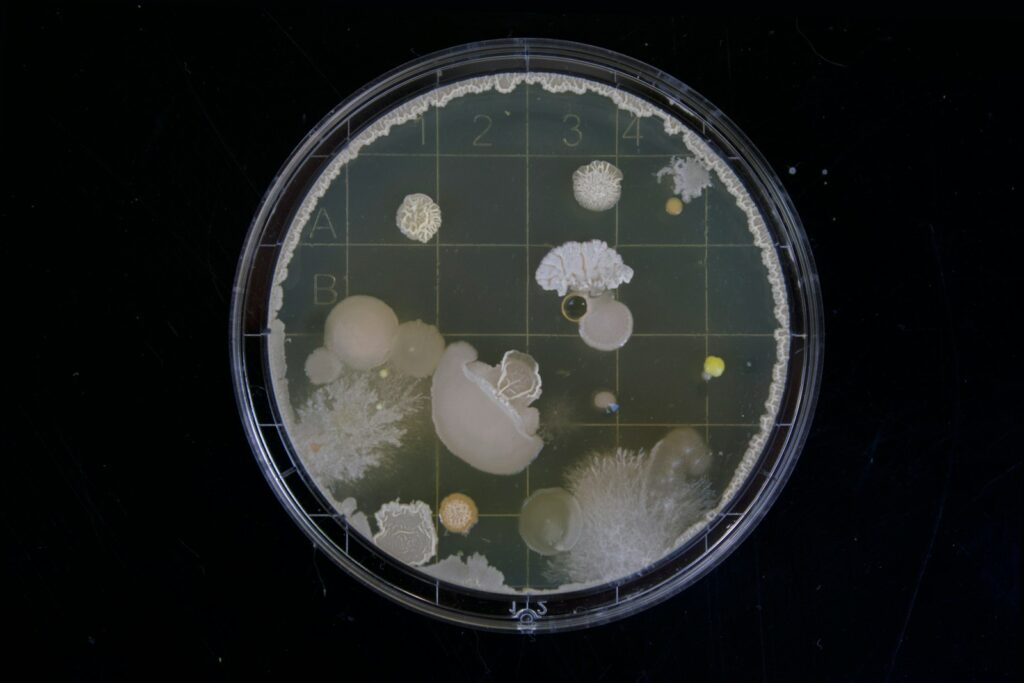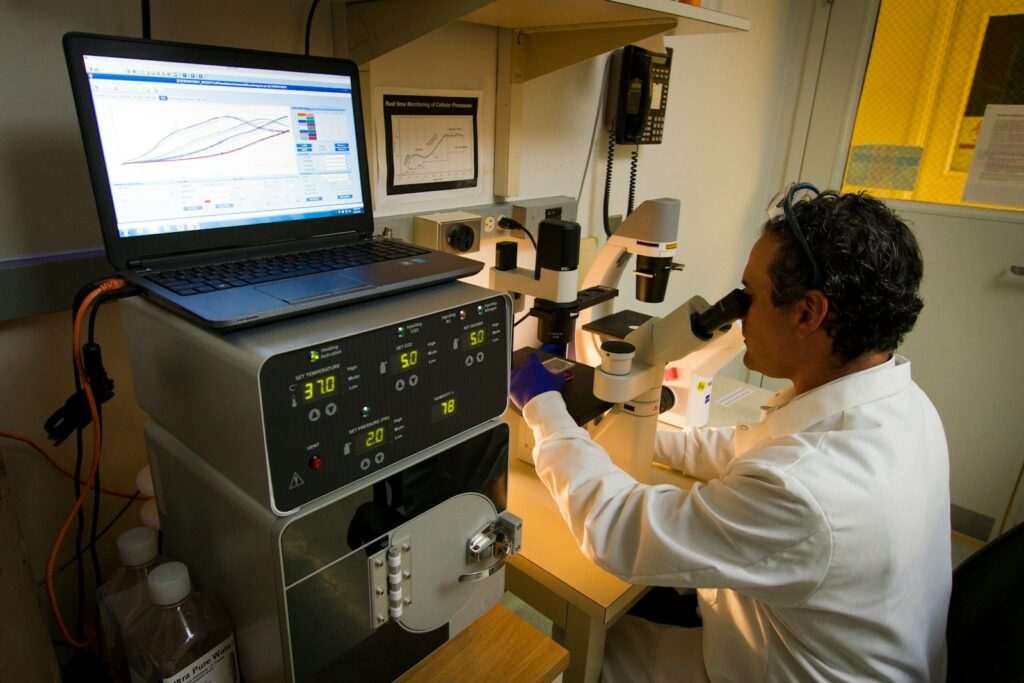Where are nitrosamines found?
Nitrosamines are chemical compounds classified as probable human carcinogens. They can appear in various industries and products:
- Pharmaceuticals: impurities formed during synthesis, storage, or packaging.
- Cosmetics: certain preservatives and amines can generate nitrosamines under specific conditions.
- Food and beverages: processed meats, beer, and even drinking water can contain trace amounts.
Their ubiquity across sectors makes nitrosamine detection and control a global regulatory priority.
Regulatory thresholds to know
Regulators worldwide have tightened requirements:
- EMA (European Medicines Agency): sets AI (acceptable intake) limits for specific nitrosamines in drug products, often in the nanogram per day range.
- FDA (U.S. Food and Drug Administration): requires manufacturers to evaluate risk and reduce nitrosamine levels below defined safety thresholds.
- ICH M7 guidelines: provide a global framework for controlling mutagenic impurities, including nitrosamines, across the drug development lifecycle.
These strict limits reflect growing concern: even extremely low concentrations can trigger recalls and reputational risks for manufacturers.

Innovations in analytical laboratories
Meeting these thresholds requires cutting-edge analytical solutions. Current trends include:
- Miniaturization & high-throughput methods: faster, more efficient screening with reduced sample volume.
- Advanced spectrometry (GC-MS, LC-MS/MS, HRMS): enhanced sensitivity and specificity for trace detection.
- Robust validation protocols: ensuring reproducibility across batches and laboratories.
These innovations enable labs to keep pace with evolving regulatory expectations while maintaining efficiency.
The role of analytical expertise in compliance
Technology alone is not enough. Ensuring compliance demands specialized expertise:
- Designing tailored analytical strategies adapted to each matrix (drug, cosmetic, food).
- Anticipating regulatory updates and proactively adjusting methods.
- Interpreting complex data to guide decision-making and reduce risk.
In a context where a single impurity can threaten an entire product line, analytical know-how is a critical asset.

Nitrosamines represent a cross-industry challenge, combining health risks, regulatory scrutiny, and technical complexity. To navigate this landscape, organizations must rely on robust detection methods and expert analytical support. Investing in advanced laboratory capabilities is not only about compliance—it’s about protecting patients, consumers, and brand reputation.

